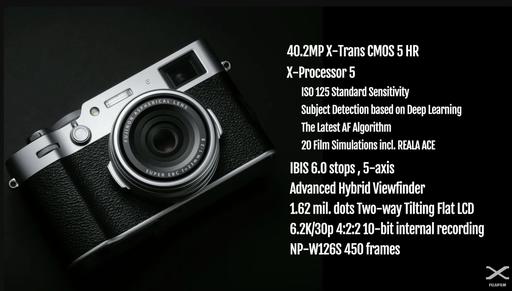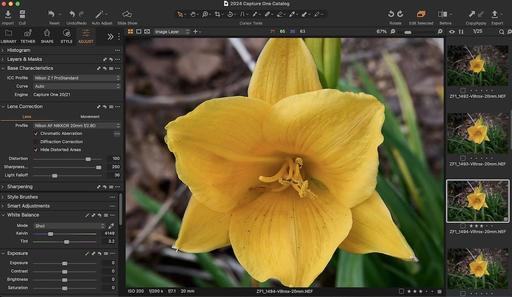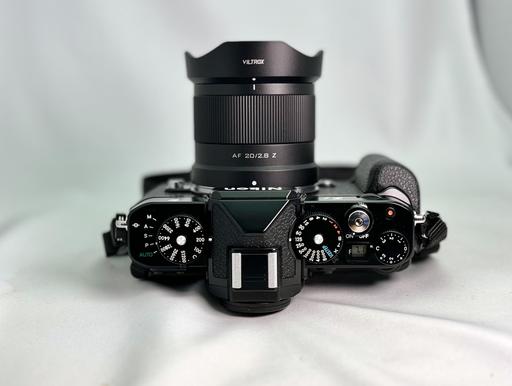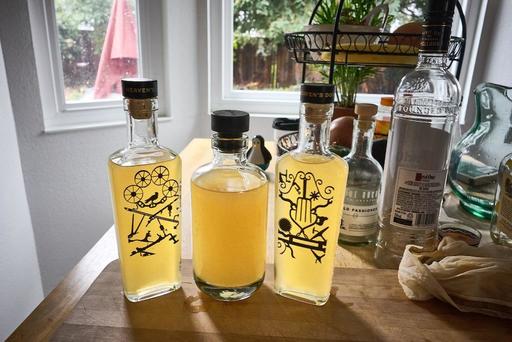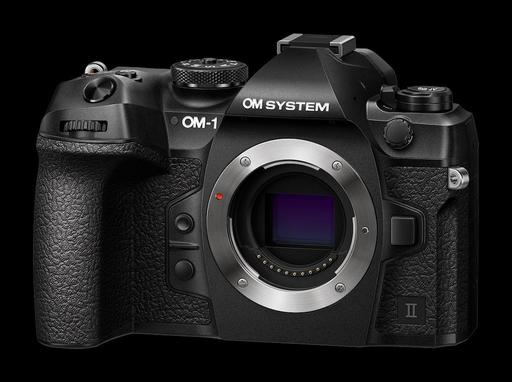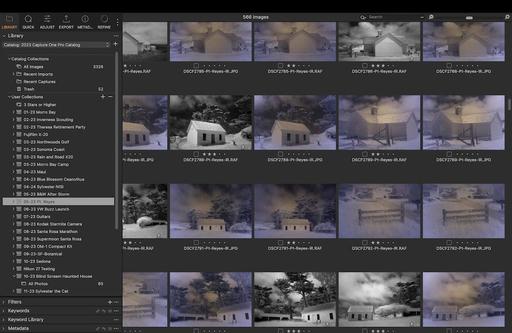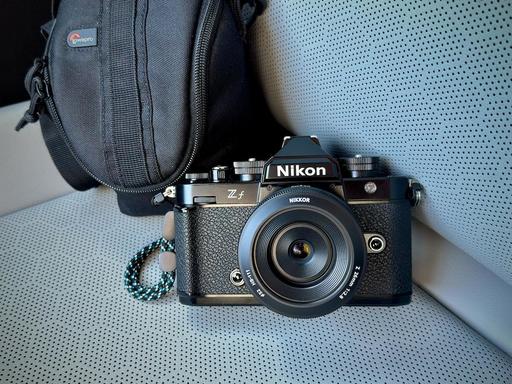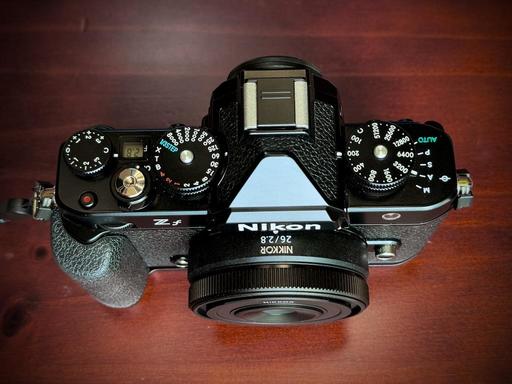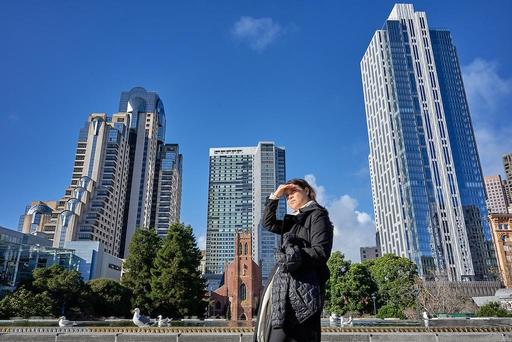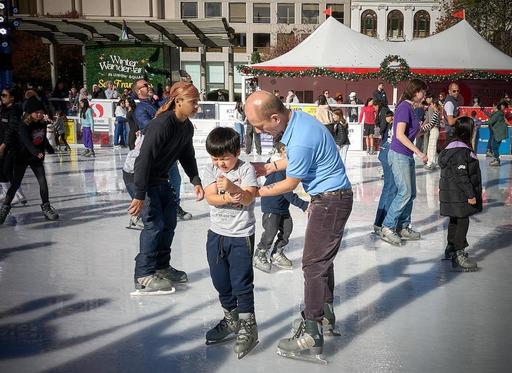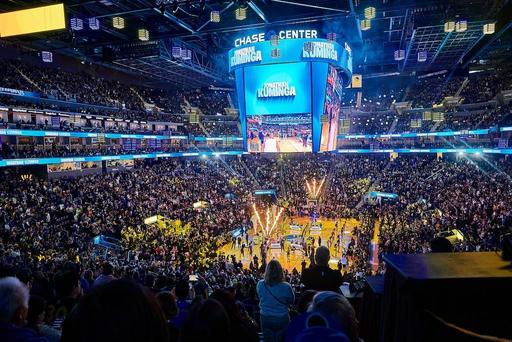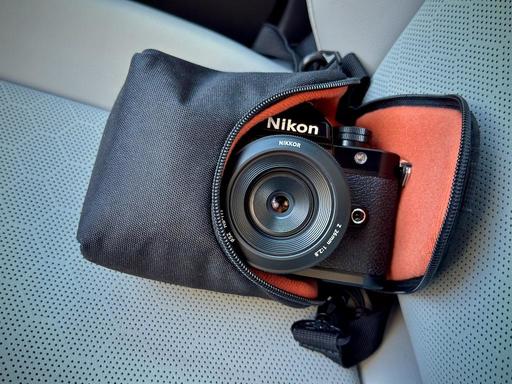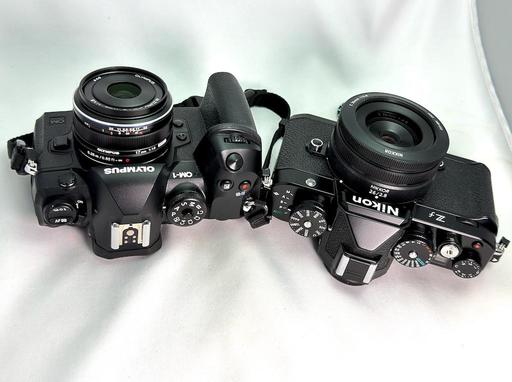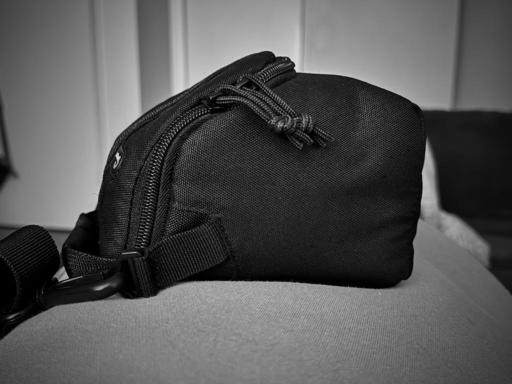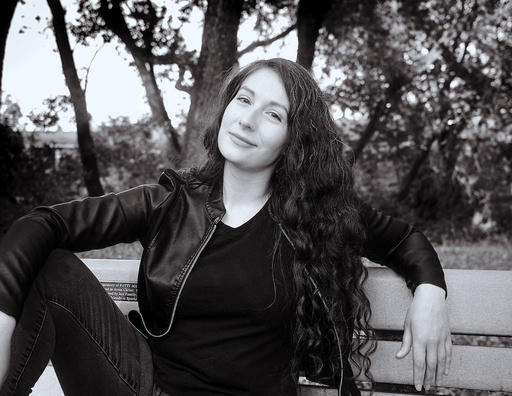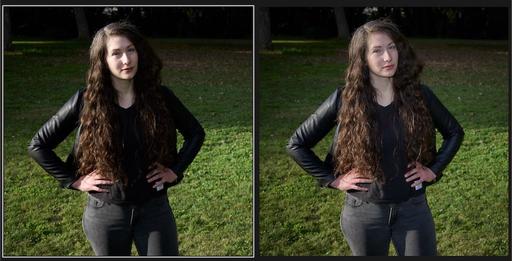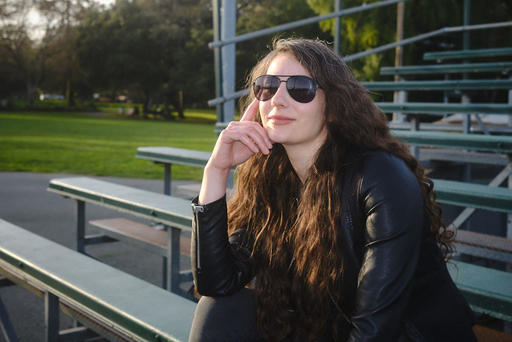This is The Digital Story Podcast #935, Feb. 20, 2024. Today's theme is "How Do I Pick My Best Shot? (And the New Fujifilm X100VI)" I'm Derrick Story.
Opening Monologue
Breaking news! The Fujifilm X100VI. And... photographers tend to be too hard on themselves, or way too generous when evaluating their pictures. But there's a middle ground. To reach it, we need to honestly answer a few basic questions during the review process. In the first segment of today's TDS Photography Podcast, I'll let you know what those are, and how they can help you make better choices when selecting your images. Then we take you to Tokyo for the Fujifilm X-Summit. I hope you enjoy the show.
Tune-In Via Your Favorite Podcast App!
Apple Podcasts -- Spotify Podcasts -- Stitcher
Podbean Podcasts -- Podbay FM -- Tune In
How Do I Pick My Best Shot?
Have you ever opened up your laptop to show off a favorite picture, one that you worked very hard on, only to have the viewer rave about a different shot that you had passed by?
"But I worked hours on this one to get it perfect!" you counter. "Oh, that one is nice too," the viewer says in a comforting voice.
Photographers have many blind spots when evaluating their own work. One of the most common is, "If I spend lots of time working on a picture, it's better than the others." That may or may not be the case.
But how do you know? You can move the odds more in your favor by analyzing your favorite photos using this process. It goes something like this. Let's apply this technique to a photo shoot you've just completed.
- First, you have to separate the good shots from the bad ones. This is easy to do. Say that you have 100 images from the shoot, odds are solid that at least 25 of them will be good. That means they could stand on their own with very little image editing.
- Second, put the good photos in their own album so you are only looking at those.
- Third, go through those 25 again and pick the 5-10 pictures that you like best. So far, we haven't really done anything new. But we will with the next step.
- Fourth, isolate those 5-10 favorites, enlarge the first one to full screen, and ask yourself the following 3 questions.
Is the content of this photograph compelling? What I mean by that is, is there a clear center of interest and does it tell a story?
Is the image technically sound? That is, is the exposure good and the sharpeness appropriate for the subject?
Is there emotional appeal? Do you feel something when you look at the picture?
Your best images will answer yes to all three questions.
One of the things I've observed during lab sessions at our TDS workshops is that many photographers give too much weight to technical considerations and not enough to content and emotion. The irony is, if we had to live without one of the three, it would be the technical.
Photos that have interesting content with emotional appeal will always outshine technically perfect images with general audiences. Once a person identifies your main subject and is attracted to it, the game is over.
Pixel peepers may criticize image noise or a plugged-up shadow area, but if they are ignoring a great subject in the process, then they're missing the point.
Try this four-step process on a recent photo shoot, and see if you're surprised by the winners. Maybe next time you open up your laptop to show off a picture, it will also be the favorite for the person you're showing it too.
If you want more on this subject, check out my Live View article, How to Better Evaluate Our Pictures. This is a free link!
Fujifilm X100VI Announced at X-Summit Tokyo
Fujifilm photographers have their first X-Summit of the year on Feb. 20th in Japan. And they didn't have to wait long for the announcement of the new X100VI Digital Camera.
The estimated ship date is Feb. 28, but you can preorder the X100VI now for $1,599.
On today's podcast, you can hear directly from Fujifilm about their new compact camera.
Infrared Photography Workshop - Online - June 2024
Do you feel like the world is looking like "the same old same old" through your camera's viewfinder? Have you felt your enthusiasm for photography waning? Then it's time for you to consider exploring infrared imaging.
Suddenly walks you've taken a hundred times look completely different as you see them through your camera. Old familiar subjects burst to life with new vibrancy. IR photography can energize your creativity, not only for this medium, but for all of your artistry.
Beginning June 5, 2024, join us for this 4-week exploration into the world of IR. During this event, you will learn:
- The best IR filter to start with.
- How to test your existing digital camera for infrared sensitivity.
- Learn about the different types of IR conversions for digital cameras.
- See how different IR filters produce wildly different results.
- Learn how to fine-tune your images with software you already own.
- Discover advanced techniques to take your images to the next level.
- And much, much more.
This online workshop (Zoom) begins on Wednesday, June 5, 2024, with both morning (9am PST) and evening sessions (4pm PST) available. We will convene weekly thereafter via Zoom for more training sessions (AM and PM), Q&A, and to compare notes. You can attend morning, evening, or both sessions. It's essentially the same content, just different participants.
It is so much fun.
Plus, you will have unlimited access to our online workshop community, DerrickStoryOnline. Here, you can mingle with other workshop participants (past and present), share images for comment, exchange tips and techniques, and enjoy the fellowship of other creatives who share your passion for image-making.
You can reserve your spot for the Infrared Online Workshop here.
Apple warns: Drying a wet iPhone in rice could actually make things worse
You can read the entire article on Macworld.com
For years, we've turned to a simple household staple when we need to save our iPhones from a liquid death: a bag of rice. The method is decidedly low-tech. Just pop your phone in a bag of rice, seal it up, and wait for a day or so. The idea is that the rice will draw the water out from inside the phone before it can fry any internal parts. People who have experienced waterlogged phones swear by it, and there's tons of anecdotal evidence to show that it does indeed work.
However, researchers have been claiming for years that it's all a myth and rice doesn't actually dry your phone faster and could slow down the process, leaving your logic board susceptible to further damage. And a new 2024 support document from Apple actually advises against using rice to dry out your iPhone since it could make matters worse, as "doing so could allow small particles of rice to damage your iPhone." Instead, Apple suggests the following steps:
Tap your iPhone gently against your hand with the connector facing down to remove excess liquid. Leave your iPhone in a dry area with some airflow. After at least 30 minutes, try charging with a Lightning or USB-C cable or connecting an accessory.
If you see the alert again, there is still liquid in the connector or under the pins of your cable. Leave your iPhone in a dry area with some airflow for up to a day. You can try again to charge or connect an accessory throughout this period. It might take up to 24 hours to fully dry.
If your phone has dried out but still isn't charging, unplug the cable from the adapter and unplug the adapter from the wall (if possible) and then connect them again.
Among the don'ts, Apple also urges against drying your iPhone with an external heat source or compressed air, or inserting a "foreign object," such as a cotton swab or a paper towel, into the Lightning or USB-C port.
Virtual Camera Club News
The Nimble Photographer Newsletter is now publishing every Thursday. Readers will enjoy a variety of content spanning from short photo essays, to commentary on weekly events, to reviews of the latest and coolest photo gear.
TDS Workshops! - You can sign up for available workshops by visiting The Nimble Photographer. Inner Circle Members receive a 10-percent discount on all events.
Inner Circle Members: A big thanks to those who support our podcast and our efforts! We are having a blast at our new Inner Circle hangout, the private group I've set up at DerrickStoryOnline. We'd love it if you join us. You can become an Inner Circle Member by signing up at our Patreon site. You will automatically be added to the new hangout.
Great Photography Articles on Live View - If you check out our publication and appreciate what you see, be sure to follow us and clap for those authors. You can find us at medium.com/live-view.
If you're interested in writing for Live View, drop me a line at dstory@gmail.com.
The New Donation Kit for Carefree Shipping of Found Film Cameras - If you've discovered a film camera that's no longer being used, our new Donation Kit makes it easy to pack and ship. Just visit the Contact Form on thenimblephotographer.com, click the box next to Donating a Film Camera, and let me know what you have. In your note, be sure to include your shipping address.
Affiliate Links - The links to some products in this podcast contain an affiliate code that credits The Digital Story for any purchases made from B&H Photo and Amazon via that click-through. Depending on the purchase, we may receive some financial compensation.
Red River Paper - And finally, be sure to visit our friends at Red River Paper for all of your inkjet supply needs.
See you next week!
You can share your thoughts at the TDS Facebook page, where I'll post this story for discussion.
